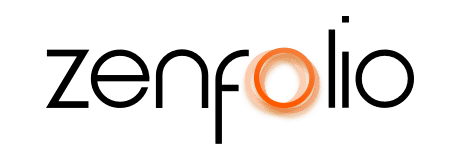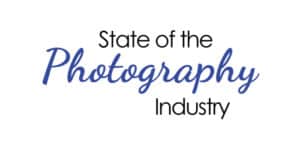How To Be An LGBTQ2+ Inclusive Photographer
June 24th, 2021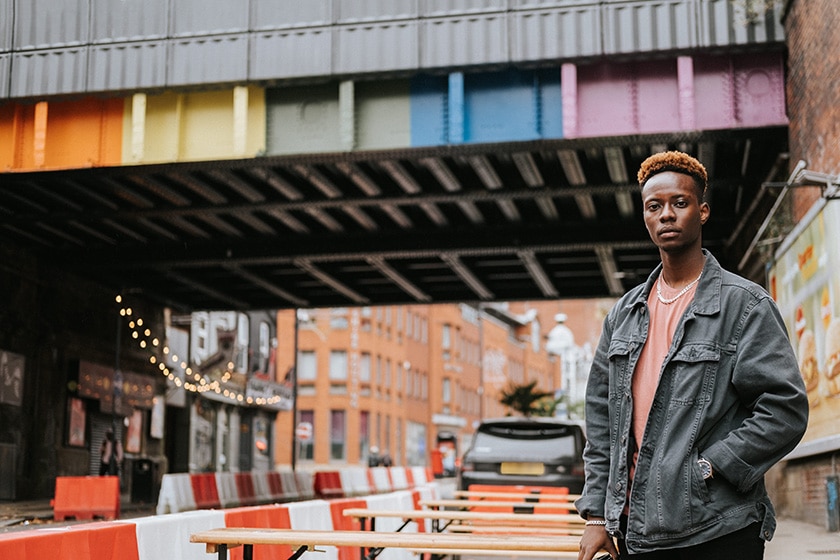
In your lifetime, how often have you heard someone say “photographers wear many hats” or “photographers do a lot more than take a picture!”? Personally, I’ve heard that too many times to count – but there is some truth in those sayings.
Sure, we all shoot, edit, upload and organize for delivering images to clients, market ourselves most of the time…and do many other tasks. One thing I do not often hear in regards to the “hats” we wear, however, is the one that relates to human connection and inclusivity. This comes naturally to some more than others, but regardless of how second-nature that may seem, it is crucial to keep sessions and client interactions inclusive – specifically for the LGBTQ2+ community.
Vulnerability plays a massive role in being photographed. This means creating a comfortable space is one of the most important parts of the job for any photographer! I am not just referring to how this will make your images look, or anything technical about photography. We are talking empathy here. It is the photographer’s responsibility to make a subject feel welcome, confident, and understood as a person. If you are aiming to be more LGBTQ2+ friendly with your workflow, I have some simple recommendations that will mean the world to your clients as well as help you have healthier client interactions overall.
Create a simple “about yourself” client questionnaire.
Storytime. Just the other day I walked into a doctor’s office. The first thing I was handed when I sat down as a new patient was a form to fill out. I was expecting the conventional doctor’s form: what’s your address, any medical conditions, etc. Much to my surprise, it all had to do with them ensuring I had a comfortable experience – the questions were about who I was as a person rather than as a patient. That is the point I’m making here! Just the act of filling out that form changed my whole experience at that doctor’s office. I was referred to by my correct pronouns, I felt taken care of, and I felt like I made the right decision with my new doctor. They showed me they care about who I am and made me feel like I belonged by wanting to understand who I am.
Creating a form for your subjects to fill out is a fantastic way to take care of your LGBTQ2+ clients. Nobody knows you better than, well, you! So why play the game of making assumptions when that usually does more harm than good? Here are some things I recommend to include in your form to help you better understand your subjects and to let them know you care about making them comfortable:

- Asking if they have anxieties about being in front of a camera and if so, what would ease that
- What are their pronouns?
- Have they ever been photographed before and in what capacity
- Having a general “tell me a bit about yourself” section for your subjects to have a platform to express anything they would like to
- What are their current favorite songs/tv shows/books/social accounts (this not only further tunes you into their personality, it gives you more conversation starters!)
- Anything else that you find will help you be accommodating for the shoot!
By taking the time to ask your subjects these questions and allowing them to be open about themselves, they will feel confident, included, and comfortable – and if that isn’t a recipe for making good images I don’t know what is 🙂
Give some of your creative control to your clients
I will preface this by saying I am guilty of this from time to time; trying to be in control of every aspect of the shoot. As much as we all want to satisfy our creative vision, this attitude can be alienating to your clients. When we are talking about control in the context of the LGBTQ2+ community, who already feel easily alienated, it can be harmful to your subjects and their confidence, your workflow, and the overall experience for everyone.
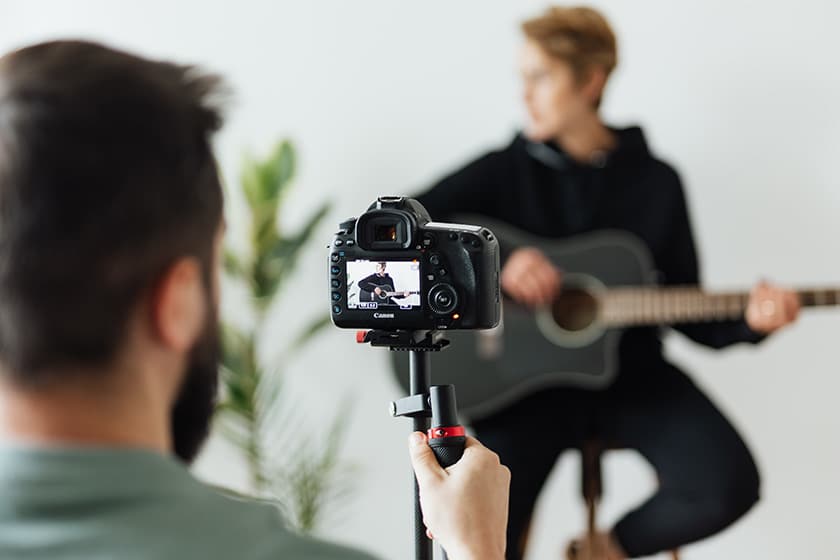
How best to avoid this? Communicate with your clients during the shoot. Quick check-ins are the fastest way to inclusion and comfortability; explain your plan briefly and then simply ask “how do you like this idea?” or “do you have anything to add to what we are shooting?” or even “I’d really like your input here.” These are just a few options for small questions that make such a huge difference in feeling welcomed. After all, photographs are made in collaboration with who you are photographing. Treat each session that way, and everyone wins!
These additional check-ins are something to practice not only mid-shoot but also in communications before the shoot. Coming up with shoot concepts and ideas with the subject is just another way we can let them in on the process of what it takes to create these images for them. If you aren’t comfortable with this amount of creative sharing yet, start small by asking them what they want most from this shoot, or what they hope the images will reflect. Then you can come up with suggestions from there, and ease your way into a more collaborative communication workflow. The end goal: Simply including someone everywhere and every step of the way. How could you go wrong with that? Trick question – you can’t!
Leave your assumptions in the camera bag
To be blunt here, there is no room in the LGBTQ2+ community for any assumptions about an individual, that includes the realm of photography. We are not only interacting with a person but primarily documenting and choosing how others see them. Ask yourself, how would you like to be seen and through what lens (so to speak)?
I know personally, I would like to be seen for who I am, how I carry myself, and without any former expectation. I’m sure you would say the same. I really could not imagine who would want to be misrepresented through a picture. The best way to ensure that does not happen is to be completely open-minded without any predetermined beliefs about an individual. That is exactly why we are all individuals – each of us is unique and should be treated as such! This, once again, is amplified for photographers since we carry the responsibility of representing a subject accurately. What a beautiful thing to be accurately depicted for who you are through an image!

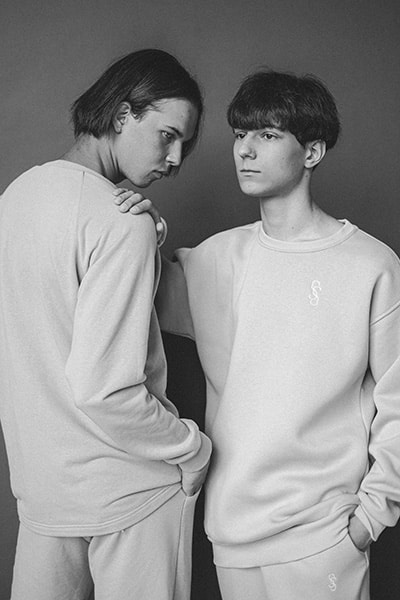

Now it’s time to tackle the most difficult practice for making sure you are inclusive as a photographer, whether during a shoot or through general client interaction – and that is identifying language that is automatically assuming. Here is a good example: When someone finishes a shoot it might be a normal thing to say “ok guys we are all done!”. Easy not to think anything of it but if I say that, I am automatically making the assumption that everyone here is referred to as a “guy.” That may seem minor if you have never had the experience of being identified incorrectly in any way. The truth is, many colloquial terms are rooted in gender or sex, and most of the time we do not even realize it due to that language being ingrained in us from a young age. In general, we all need to strive to be ok with identifying a mistake we made and learning to make a correction to avoid that in the future. This boldly stands true for interacting with any member of the LGBTQ2+ community.
I’ll give you some homework! Try to take note every time you make an assumption about a person. Whether it is gender assumption or expected behavior from someone based on their character at a glance, you will be surprised at the biased language we all instinctively use! When I say everyone, I mean everyone. I’m not targeting you specifically, I promise.
For me, assuming language was in the form of when I got excited about the images I took for a client. I would look at the back of my camera and instinctively say “Dude! What a great shot.” I find it hilarious that was my go-to (like really? dude?) but that is beside the point here. If I say that in front of someone who is LGBTQ2+, it could potentially be offensive or discouraging if the client does not identify that way. Our worst offenses in not being inclusive are mostly the instances when we do not even realize what we are doing or saying. This is why we all need to pay attention, especially to the responsibility of being a professional photographer. We are all bound to take missteps along the way, but recognizing and correcting these is something we can all do together.
To summarize how to be an inclusive photographer through sessions and client interactions with the LGBTQ2+ (and any other community for that matter!) – just be human. We are all guilty of making assumptions, excluding by nature, and not taking the time needed to make sure individuals are feeling comfortable and genuine. Sure enough, those are the key foundations that photographers need to practice to create a safe space and an inclusive experience from start to finish. Allow yourself to learn about your clients, be open to creative input, identify correctly, and leave your assumptions in your camera bag by practicing the things I’ve outlined. At the end of the day, we are all simply people who need to be appreciated and accepted equally.
